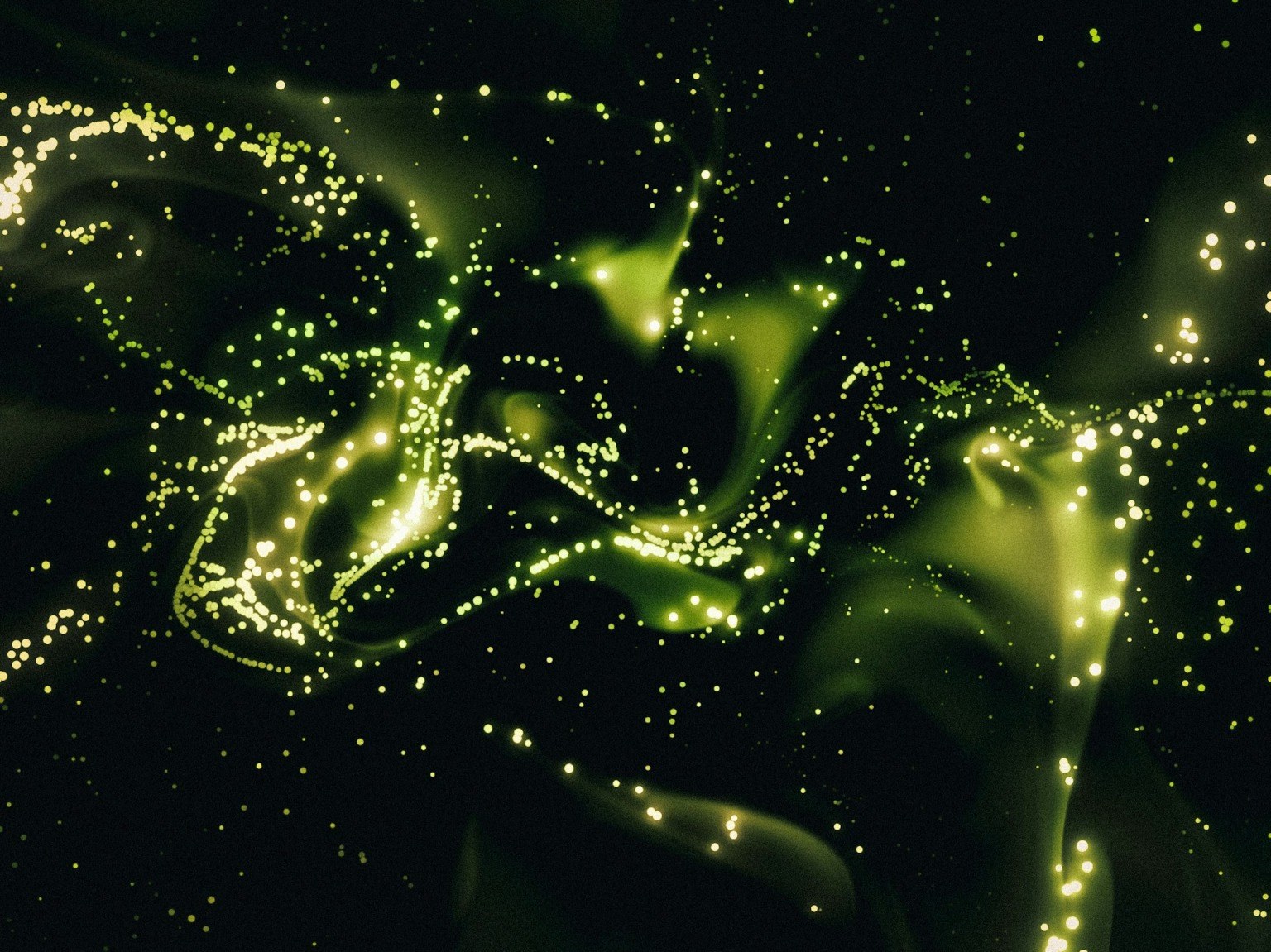
Capturing the invisible world of molecules in motion
Georgia Paraskaki
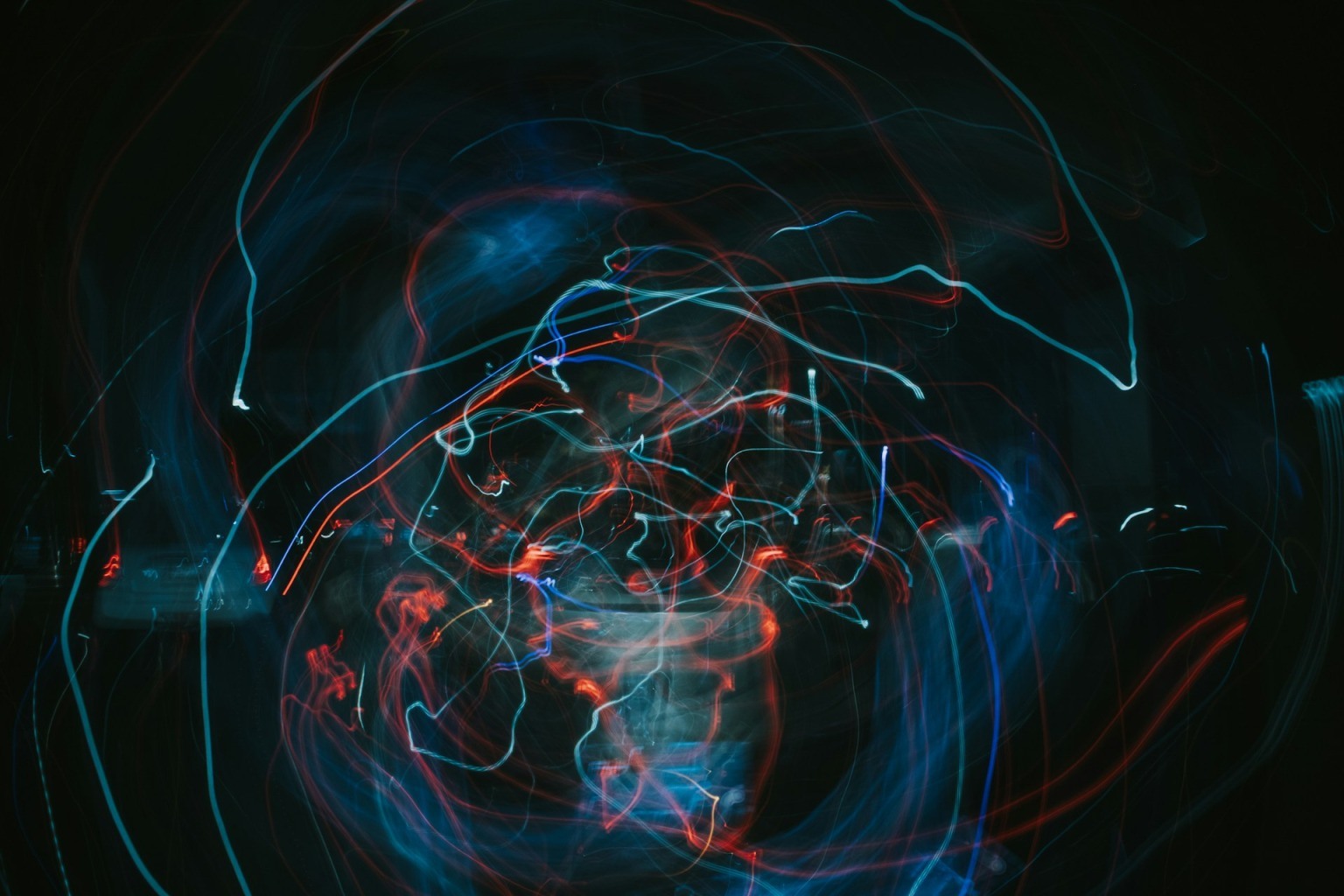
Essentially, what we try to do with science is to understand the world but also to create within the world. The key point that interconnects and drives the two procedures is creativity. How, you may ask. Well, creativity entails imagination, and imagination is based on visualization. One has to “see” a concept before one can formally conceptualize it. Oftentimes, scientists formulate a scientific question after creating sketches or images. Visualization comes first, and then come the words, the experiments, or the formulas. This certainly comes in contrast with the common notion of science being a collection of abstract notations, equations, small lab spaces, and notes hard to read, let alone understand.
Of course, things go the other way around as well. Science influences artistic expression and has inspired artists in many different forms and various fields. Mixing colors in the suitable proportions to produce a certain paint or creating perspective in a drawing, understanding frequencies in music or working with light reflections in photography, have one common denominator: Science.
One of the well-known examples of this interplay between art and science is the overall work of Renaissance master Leonardo da Vinci. Apart from his famous paintings, da Vinci’s scientific drawings are amazingly detailed and thoroughly explained, rendering him as a skilled inventor and researcher.
Naturally, the examples are countless and come from every scientific or artistic field. This is exactly what we are going to explore in this STEAM (Science – Technology- Engineering- Mathematics, Medicine-ART) series featured in Greek Women in STEM magazine: science being projected as art and vice versa. We will discuss art movements driven by science, exceptional scientists that used art in their research, book collections, artistic outreach activities to communicate science and many many more. Stay tuned…

Georgia Paraskaki
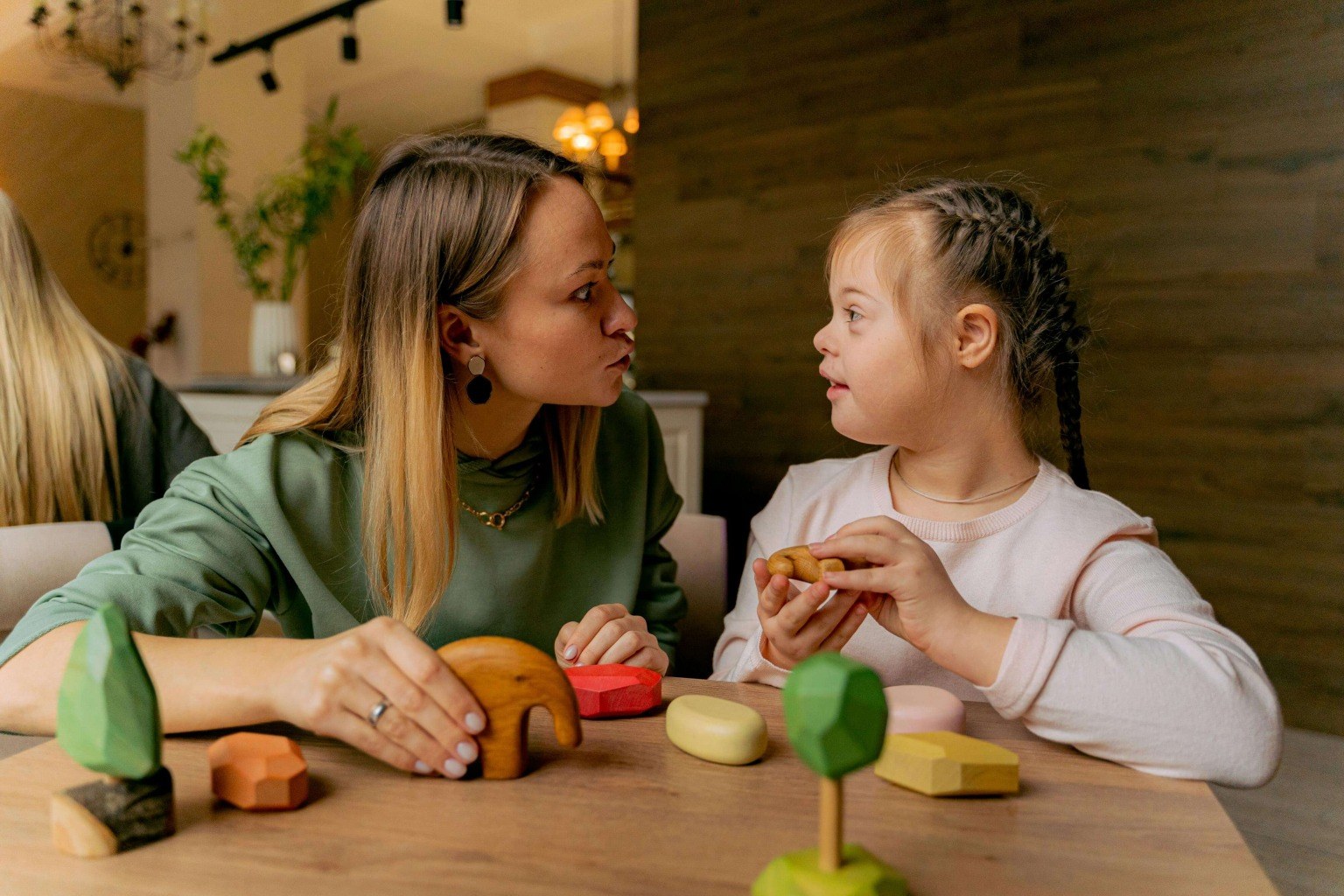
Aglaia (Lina) Ntokou
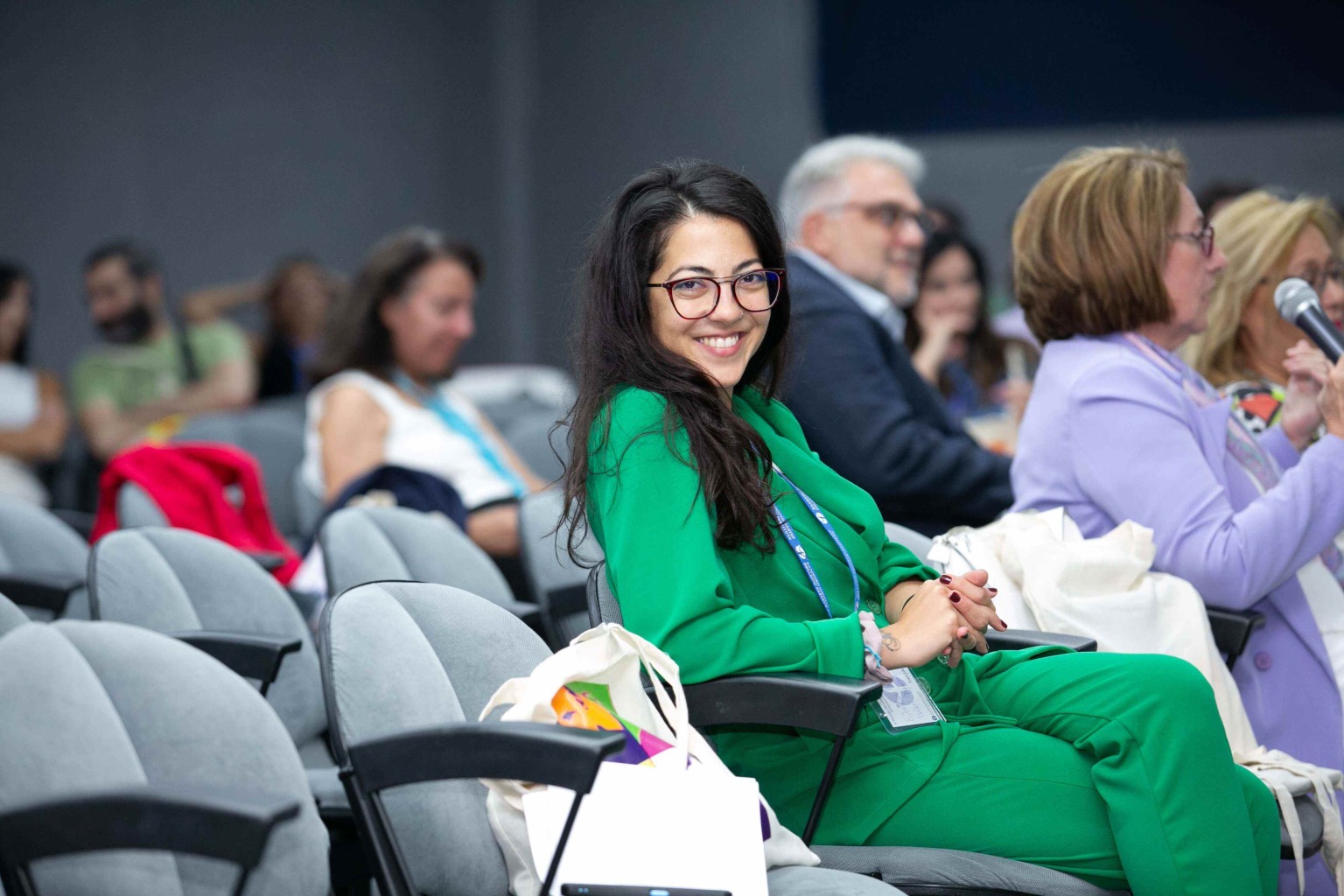
Niki Michalopoulou
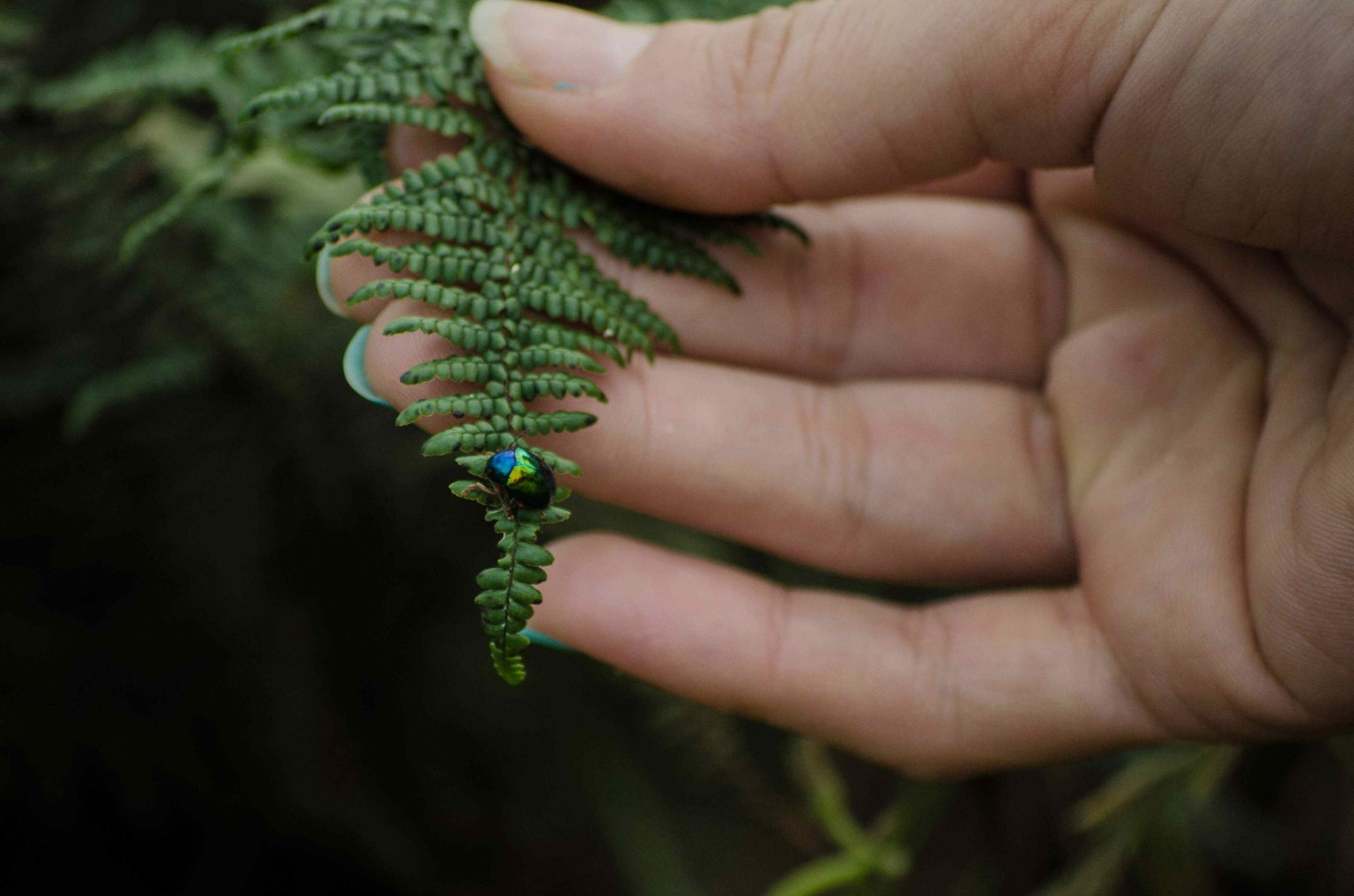
Athina Lisgara